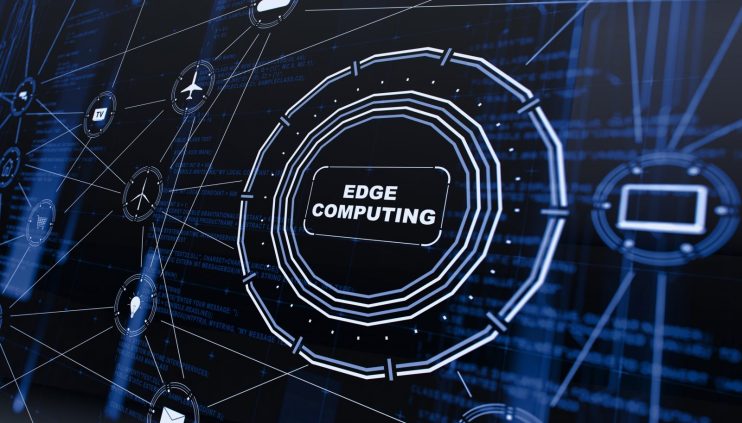
Edge computing – what to look out for in 2021

Businesses will be familiar with cloud computing, with many having moved their IT to colocation facilities or to cloud-based applications such as Office 365, Salesforce and Slack. The networks required to deliver these services transfer huge amounts of data to central hubs where it is processed and stored. This can result in data congestion and latency. In some cases, data-security, regulatory requirements, and a lack of offline access can also be problematic.
With these issues in mind, and with the roll out of 5G and the burgeoning adoption of internet connected (IoT) devices, businesses will increasingly be looking to adopt edge computing solutions. Edge computing uses the ‘edge’ of the user’s network near to where the data is generated, as opposed to processing it in a central hub. Benefits include reduced latency, increased efficiency and reduced costs. Another advantage is that the processing and storage of personal data (including sensitive data) is carried out locally without the need to send it to the cloud.
Leading research firm Gartner says that whilst today only 10% of enterprise-generated data is created and processed outside a traditional centralised datacentre or cloud, this will reach 75% by 2020. Edge computing is already being used in healthcare (e.g. patient monitoring), manufacturing (e.g. asset management) and retail (e.g. management of shelves). Legal issues should not be overlooked however, such as the application of GDPR, data security implications, and questions of liability and responsibility.
Tim Wright is a partner in the corporate department at Fladgate. He specialises in commercial, outsourcing and technology transactions across various sectors such as banking, insurance, healthcare and technology. Services include outsourcing, cloud computing, digital platforms and e-commerce, web development and hosting, software development and licensing, system integration projects, business transformation and digital projects, joint ventures, artificial intelligence and robotic process automation contracts, and wide-ranging procurement, commercial contracts and privacy issues.
